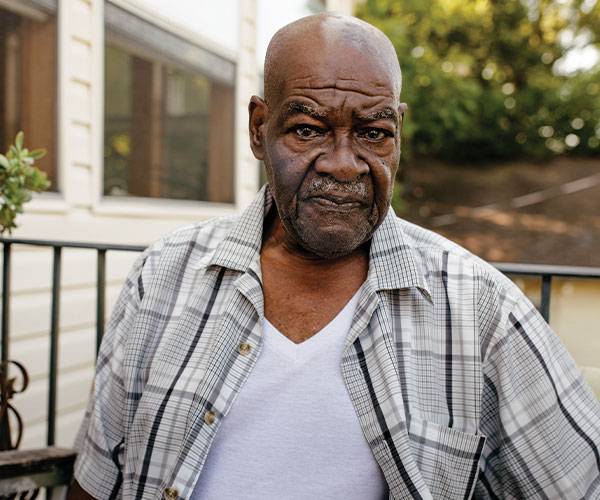Project: PACE: Policy, Advocacy, and Communication Enhanced for Population and Reproductive Health
Digital Health
Explore PRB and PACE’s work at the intersection of digital health technologies and family planning programming.

Project: PACE: Policy, Advocacy, and Communication Enhanced for Population and Reproductive Health
Explore PRB and PACE’s work at the intersection of digital health technologies and family planning programming.

Project: PACE: Policy, Advocacy, and Communication Enhanced for Population and Reproductive Health
(2017) The videos aim to expand understanding of key data issues in FGM/C research, including the importance of looking beyond national prevalence to identify hotspots or areas within a country where FGM/C is widely practiced, analyzing change over time by comparing older and younger cohorts rather than changes in overall prevalence, and understanding the various questions and data gaps that are raised by newly available data in Indonesia.

Project: Center for Public Information on Population Research (CPIPR)
(2020) The coronavirus pandemic—coupled with ongoing demographic trends—is making family life even more complicated for Americans. Millions of families are at increased risk of falling into poverty due to pandemic-related job losses, and social distancing protocols are separating some children from their parents who live in a different household.

As Earth's population reaches the eight-billion milestone, we put it into context.

Project: Center for Public Information on Population Research (CPIPR)
(2020) To combat obesity and diabetes, lawmakers in a number of U.S. cities have taxed sodas, sports drinks, and sweetened tea, and many are now considering health warning labels.

Project: Demography and Economics of Aging and Alzheimer’s Disease
As they age, Black adults experience more rapid decline in the body’s ability to recover from stress or damage, with social and economic factors contributing to this decline.

The U.S. Census Bureau aims to count each person once—and only once—in the decennial census. It does that by determining how many people live at a every residential address.

Project: Demography and Economics of Aging and Alzheimer’s Disease
While non-Hispanic Black adults make up 10% of the population ages 65 to 74, they account for 18% of COVID-19-related deaths in that age group.